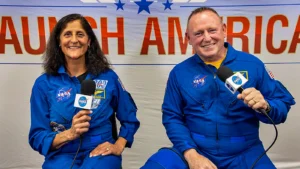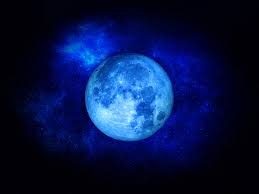Scientists have developed a new method to capture the gravitational wave memory from supernovae

A study published in Physical Review Letters presents a new approach to detecting the gravitational wave memory effect, a phenomenon predicted by Einstein’s general relativity. This effect describes the permanent change in the distance between cosmic objects caused by a passing gravitational wave.
Scientists suggest that existing gravitational wave observatories could potentially capture this elusive signature, particularly from core-collapse supernovae (CCSN), which occur when massive stars more than ten times the mass of the Sun collapse and explode.
Core-collapse supernovae produce gravitational waves with distinct characteristics due to the changing quadrupole moments during the collapse. While the amplitude of these waves is smaller than those from black hole or neutron star mergers, they offer valuable insights into the interior of stars. Unlike electromagnetic signals, which originate from a supernova’s surface, gravitational waves are generated deep within, providing a rare opportunity to study the dynamics of a collapsing star.
Challenges in Detecting Supernova Gravitational Waves
Detecting gravitational waves from core-collapse supernovae (CCSN) has been challenging due to their lower amplitudes, shorter durations, and complex signatures. Reports suggest that these waves fall outside the sensitivity range of current high-frequency detectors like advanced LIGO. However, the study reveals that low-frequency gravitational waves from CCSN display a “memory” effect. This effect results from anisotropic neutrino emissions and the movement of matter during the collapse, which leaves a persistent gravitational disturbance.
According to reports, the research team, led by Colter J. Richardson from the University of Tennessee, analyzed three-dimensional simulations of non-rotating core-collapse supernovae (CCSN) with masses up to 25 solar masses using the CHIMERA model. Their findings identified a distinct increase in gravitational wave signals associated with memory effects. Using matched filtering techniques, the team concluded that the signals from a 25 solar mass supernova could be detected up to 10 kiloparsecs away, a distance within reach of current observatories.
Potential for Future Research
Richardson emphasized the importance of exploring low-frequency gravitational waves and encouraged further research using the methodology from the study. Future investigations may focus on common merger events or enhancements in detector sensitivity to better capture memory signals.








